The first sintered tungsten carbide was patented in 1923. 1926 the company Krupp brought it under the name "Widia" on the market. World production is 30.000 tons annually.
Tungsten carbides are alloys which consist of metallic hard materials (carbides) and a binding metal. Examples of metallic hard materials are tungsten, titanium, tantalum and chromium. The binder metals are cobalt, nickel, iron and nickel-chromium. The most common combination is tungsten carbide and cobalt.
Tungsten carbides ...
- endures higher cutting temperatures (up to 1200 ° C) and 4-5 times higher cutting speeds than high-speed steel
- are only to be processed by grinding (soft debris is produced during this process)
- are very shock-sensitive and very brittle due to their high hardness
Application areas:
Tungsten carbides are used as indexable inserts (coated and uncoated), drills, milling cutters, rolling rings, drawing dies and knives.

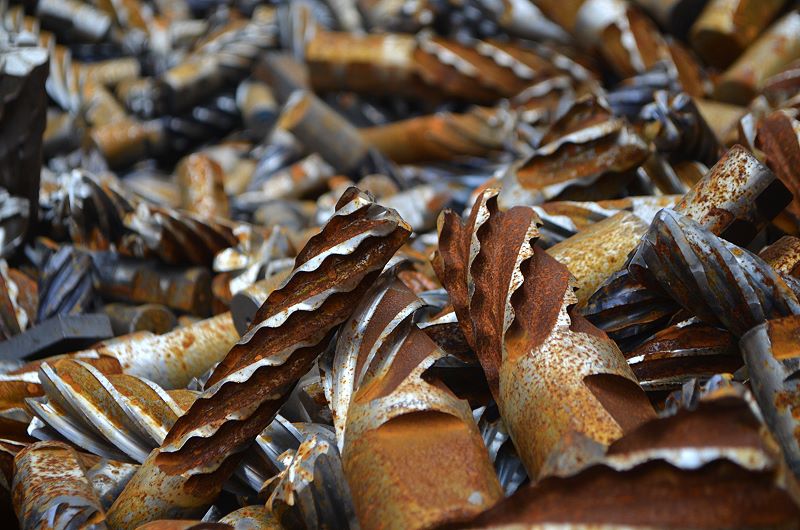
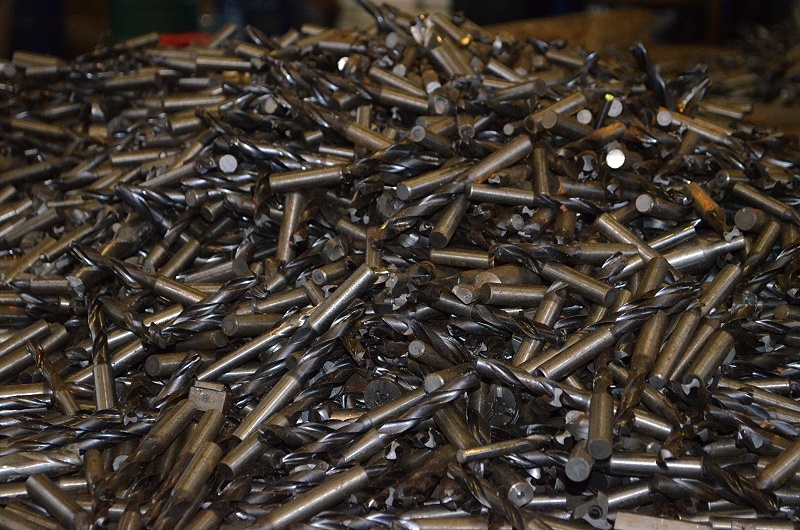
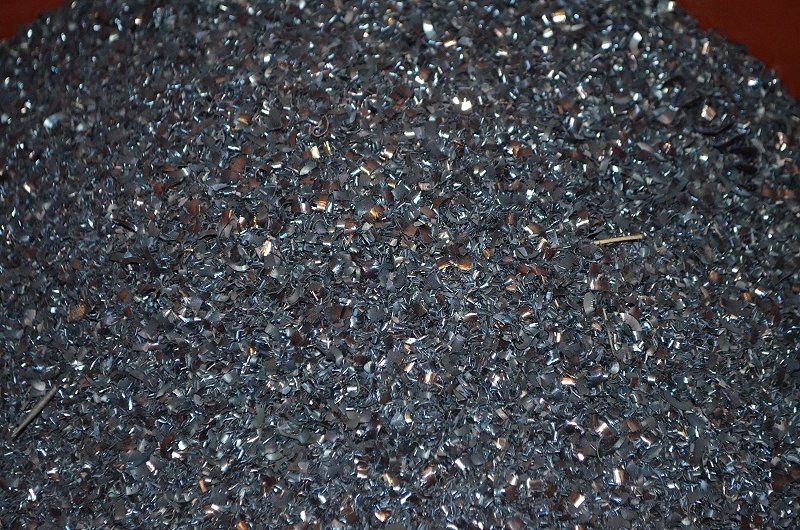


Hartmetall Kegel und Fräsen
Schnellarbeitsstahl Fräsen
Hartmetall Bohrer
Hartmetall Späne
Hartmetall Kegel
Hartmetall Kleinteile

We are buyers and suppliers for tungsten carbide scrap, shavings, streamer, powder and residues of the materials:
- WCCo carbides
- Indexable inserts, drills, dies, rings
- WCNi scraps
- WCNiCo rings
- Densalloy
- Hevimet
- W/Cu
- W/Ni
- PDC drill bits
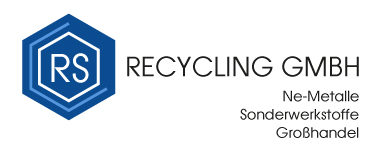

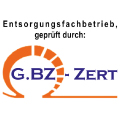
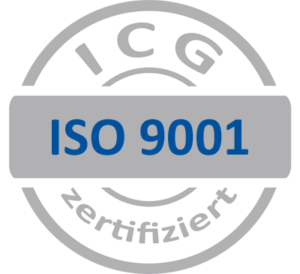
Recent Comments